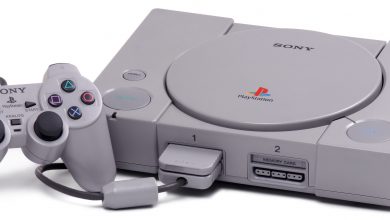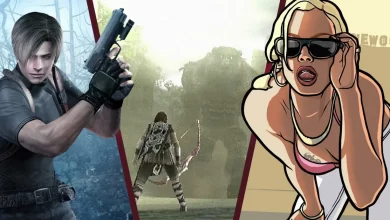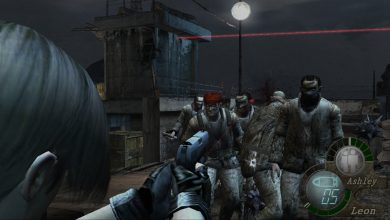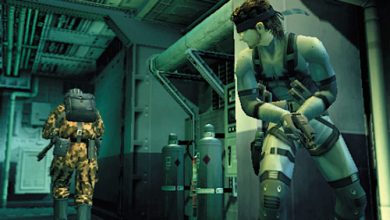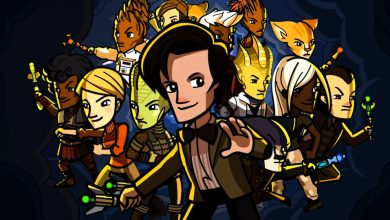Reasons Why the PS2 Was Ahead of the Game When Launched
The PlayStation’s 2 success is well-documented. It’s easily the most successful home games console ever created, having sold a frankly ridiculous 155 million units over a hefty 13-year run. At least 1.5 billion PS2 games were also sold during that time, with the actual figure likely to be much higher (due to the difficulty in evaluating second-hand sales).
Today, however, we want to take a closer look at why exactly the PS2 proved so successful. We believe that it was because, in large part, the PS2 was simply ahead of its time in a lot of ways; far more so than its immediate rivals – the Xbox and the Gamecube – which it blew out of the water.
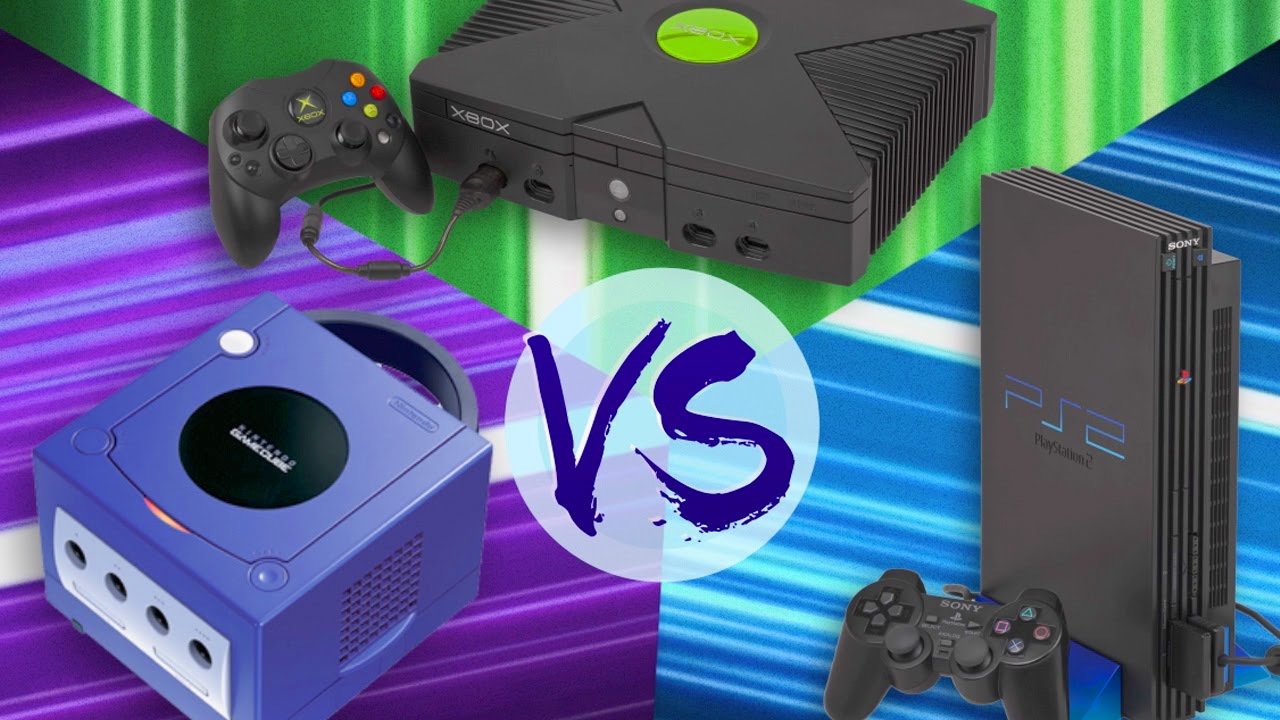
One massive way in which Sony was ahead of the curve was in realizing that the PS2 shouldn’t just be a platform on which to play games. Nowadays, we take this as a given: the PS4 and Xbox One both serve as multi-dimensional home entertainment systems. At the time, however, this simply wasn’t the case.
Sony’s masterstroke was including the ability to play DVDs on your console. DVDs were the height of home viewing technology at the time (this was long before streaming and Blu-ray), and accordingly DVD players didn’t come cheap. In purchasing a PS2, you were also saving yourself the cost of having to buy a DVD player separately. This was not the case with the Xbox, where you had to buy a whole separate accessory if you wanted to watch DVDs, and therefore became a major distinguishing factor between the two, which led many to opt for Sony’s product over Microsoft’s.
Another way in which Sony got ahead of the game was in realizing the all-importance of platform exclusives. The majority of casual gamers, after all, don’t care that much about the detailed technical specifications of the various consoles (the Xbox was actually technically superior in pretty much every way). What they really care about is the games they can play.
The Xbox had Halo… and that was about it (Forza did start life on the Xbox, but didn’t become the behemoth it is today until the Xbox 360 versions). By contrast, Sony locked in exclusive deals with publishers on a variety of massive series: Metal Gear Solid, Final Fantasy, God of War, Gran Turismo, Tekken, an earlier release for GTA: San Andreas… the list goes on! It was simple: if you wanted to play any of these instant classics that everybody seemed to be talking about, you had to have a PS2. Given that lots of people couldn’t afford both consoles, or simply didn’t want to splash out on both, they were forced into making a choice. The exclusives that Sony managed to secure proved to be one of the crucial factors in that choice.
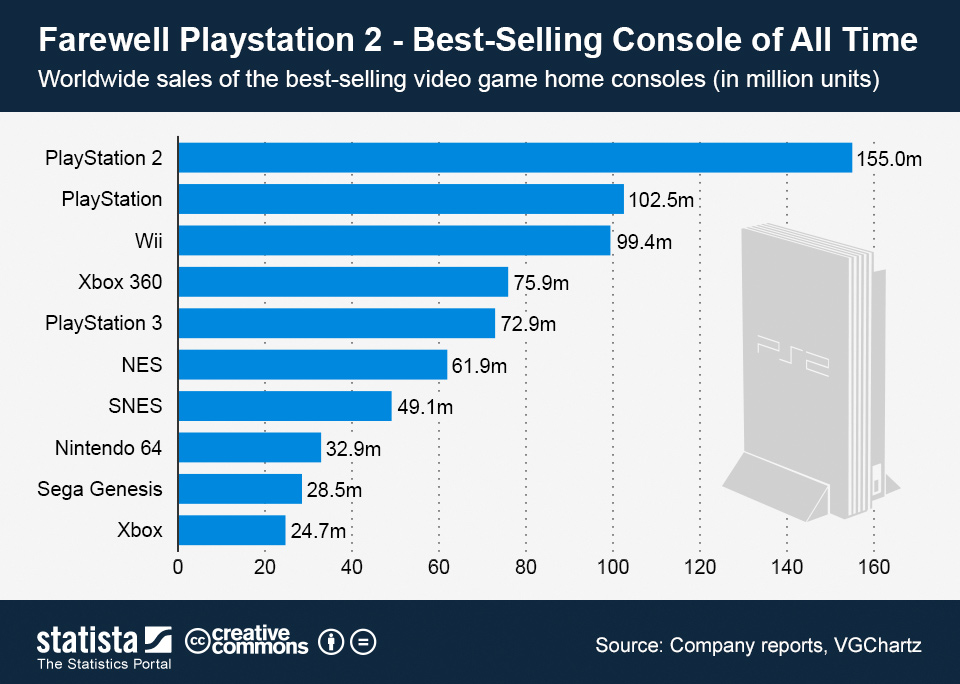
Finally, Sony had another stroke of genius that sealed the deal: they made the PlayStation 2 backwards compatible. Given that there were no direct predecessors to the Gamecube or Xbox, Nintendo or Microsoft had no possible counter-move. It made owners of the original PlayStation (which itself sold over 102 million units) far, far more likely to choose the PS2, because they already access to an enormous library of games which they knew and loved. Backwards compatibility has since become a source of great controversy, and it’s something which gamers still struggle to get from new consoles (the PS4, for example, is not backwards compatible); it was an absolutely brilliant idea at the time, however, and was another massive plus-point for the PS2 over its rivals.
Taking a wider look back at that console generation, it’s simply incredible how much success the PS2 had: Nintendo had a far longer history in video games, and the Xbox was technically superior in every way. And yet, the PS2 destroyed both of them. Take a closer look, however, and you can see exactly how it happened. Sony were simply ahead of the game when they launched the PS2, in so many ways. They made history thanks to their DVD player integration, use of platform exclusives, and inclusion of backwards compatibility, and utterly dominated that era of the console wars.

